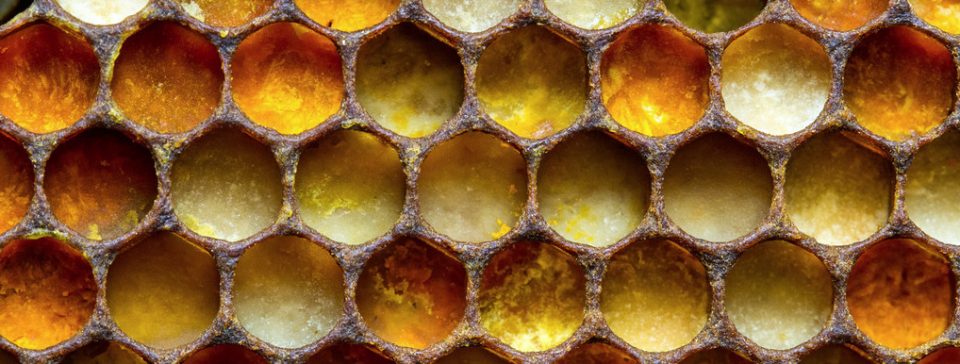Tags
art, bee friendly gardens, ecology, environmental ecology, landscape architects, pollinator gardens

“As landscape architects, one of the most effective ways we can improve the ecological benefit of any landscape is knowing how to identify, enhance, and create habitat for pollinators. But before maxing out a planting design with an abundant array of colorful blooms and anticipating the buzz of activity, there is more to consider than simply specifying a preselected pollinator seed mix or plugs. So, what exactly is pollinator habitat? For many, an open wildflower meadow or garden with the familiar stacked box (Langstroth) style beehive may be the first thing that comes to mind. However, pollinator habitat includes a diversity of floral resources for foraging, safe locations, and materials shelter/nesting sites (or host plants for butterflies and moths—Lepidoptera).”
cont.
Anthony Fettes, ASLA, PLA, SITES AP, is a Senior Landscape Architect and Ecologist at Sasaki in Watertown, MA.
